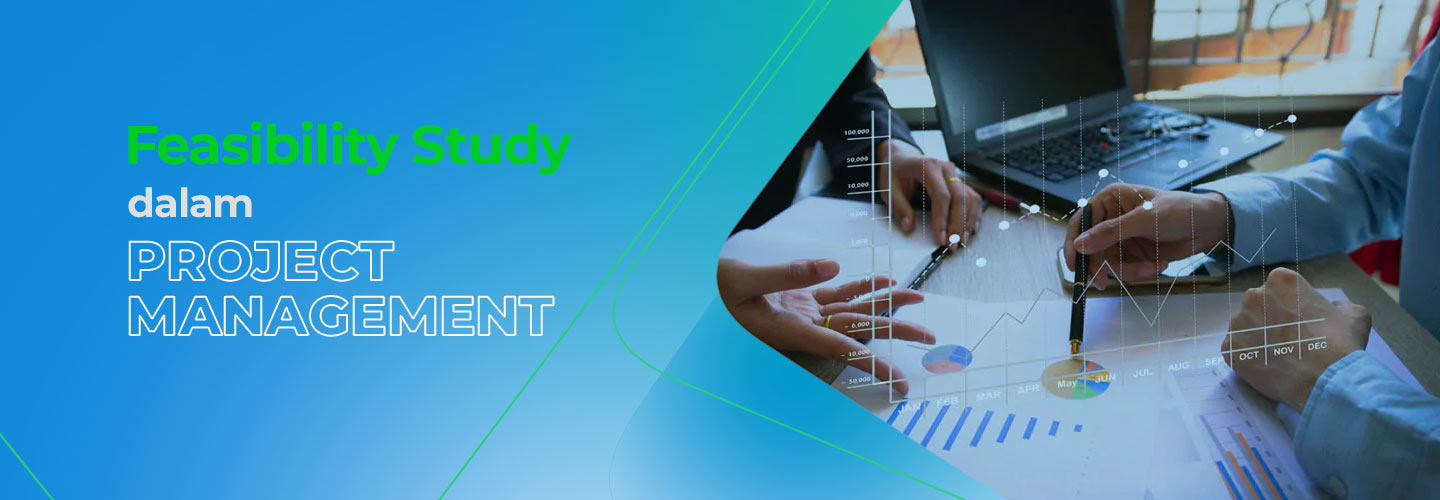Feasibility Study in Project Management

One of the important stages in making a product, but which is often forgotten, is the feasibility study or in Indonesian it means feasibility study. This is very important in running a business, because this process will determine whether your product is suitable for marketing or not.
Through a feasibility study, you can also find out the product's weaknesses and advantages. That way you will know the aspects that need to be improved or maintained. Therefore, it is not wrong if feasibility studies are a part of product management.
What is a feasibility study?
As the name suggests, a feasibility study is carried out to see whether the product you are making is suitable for marketing and being used by many people or not. This study will contain a report on the results of the analysis containing technical, economic, legal, operational and time feasibility factors.
For example, do you have or can you create the technology to build on the proposed idea? Do you have the necessary resources, and will the project provide the ROI you expect? All of these things will be answered through a feasibility study.
Types of feasibility studies
The feasibility study contains a combination of analytical information from technical, economic, legal, operational and time feasibility studies. Everything is very important, so you have to include data, information and analysis.
1. Technical feasibility
Consists of information about the resources and technical skills you have. This is done to see whether your project requirements are met or not.
2. Economic feasibility
To determine financial feasibility, you need to assess the economic factors of the business. To compare financial costs with projected benefits, use cost-benefit analysis.
3. Legal feasibility
Your project must meet legal requirements. This includes laws and regulations that apply to all activities, and outcomes of your project.
4. Operational feasibility
Operational feasibility refers to how well your project fits with capacity planning, resources, strategic goals, and business objectives.
5. Time feasibility
Estimate or set the deadlines needed to carry out the project. After that, set the project schedule, such as demand planning, production schedule, etc.
Stages of conducting a feasibility study
Carrying out a feasibility study is one of the stages in product management. Even though it sounds simple, in fact a feasibility study has several stages that you need to carry out. After carrying out these steps, you will be closer to releasing a product that your audience will immediately use.
1. Do an analysis
You must focus on unserved market needs. However, demand is higher than supply. Therefore, start by creating a detailed project plan. Then, look at the eligibility factors. For example, it is too expensive, or the product cannot be marketed effectively. If it is too high, there is minimal chance that you will be able to carry out the project.
2. Prepare a profit and loss forecast report
This stage is carried out to see if the project you hope for will run according to expectations. Therefore, to achieve these goals, start detailing the things you expect from the project revenue, and look at the things that are needed.
You also need to consider the services required, and calculate how much they will cost. In short, always calculate the estimated expenses to obtain the product you want. This is done to see your profit and loss.
3. Conduct a market survey
Realistically, a survey or market research will give you the clearest picture of the revenue and return on investment you can expect from the project. Some things to consider in this step are market geography, demographics, competitor analysis, market value, and the type of stock that will be used.
At this stage, you should know whether your brand will expand or not. Market surveys are key to the success of your feasibility study, so make your market analysis as complete as possible.
4. Plan the team and business operations
Once the previous stages have been carried out, it is time to organize the team and project operations. This is done to meet technical, operational, economic and legal feasibility factors. Building a business is no joke.
To show capability, you need to show initial costs, investment, and operational costs. These costs include things like equipment, merchandising, real estate, personnel, supply availability, and so on.
5. Prepare financial reports
Estimate your assets and liabilities. Create a list that includes items, resources, costs, and capital. Other liabilities to consider are things like renting or purchasing land, buildings, equipment, asset costs and debt.
6. Review and analyze all data
To ensure that everything goes according to plan, and that no changes occur, it is a good idea to carry out a review and analysis. Therefore, one last time take the time to check all your work.
Review previous stages, such as financial reports, and compare them with your expenses and obligations. Is it still realistic? This is done to see risks that may occur, analyze, manage and create emergency plans.
7. Make a decision
The final stage, make a decision whether your product is worthy or not. Some things to consider before making this decision are considering the business commitment to the product. Whether or not it's worth the time, effort, and money. Apart from that, also pay attention to whether the decision is in line with the brand's strategic goals and long-term aspirations.
There are many stages and aspects in a feasibility study. If you want accurate results and minimize errors in subsequent stages, it's a good idea to have a deeper understanding of feasibility studies.
